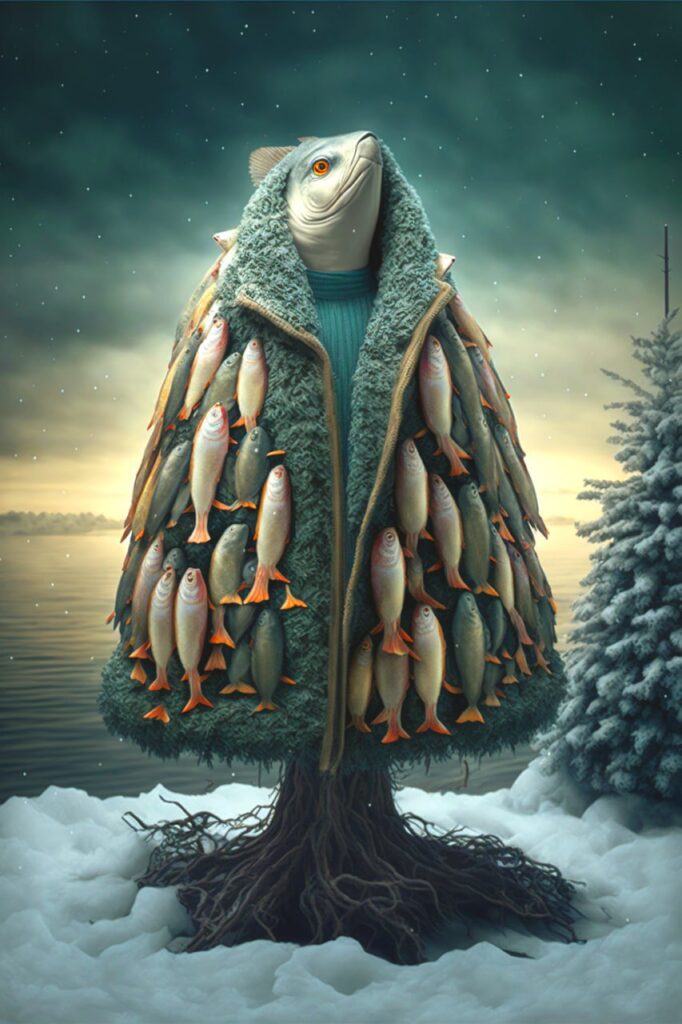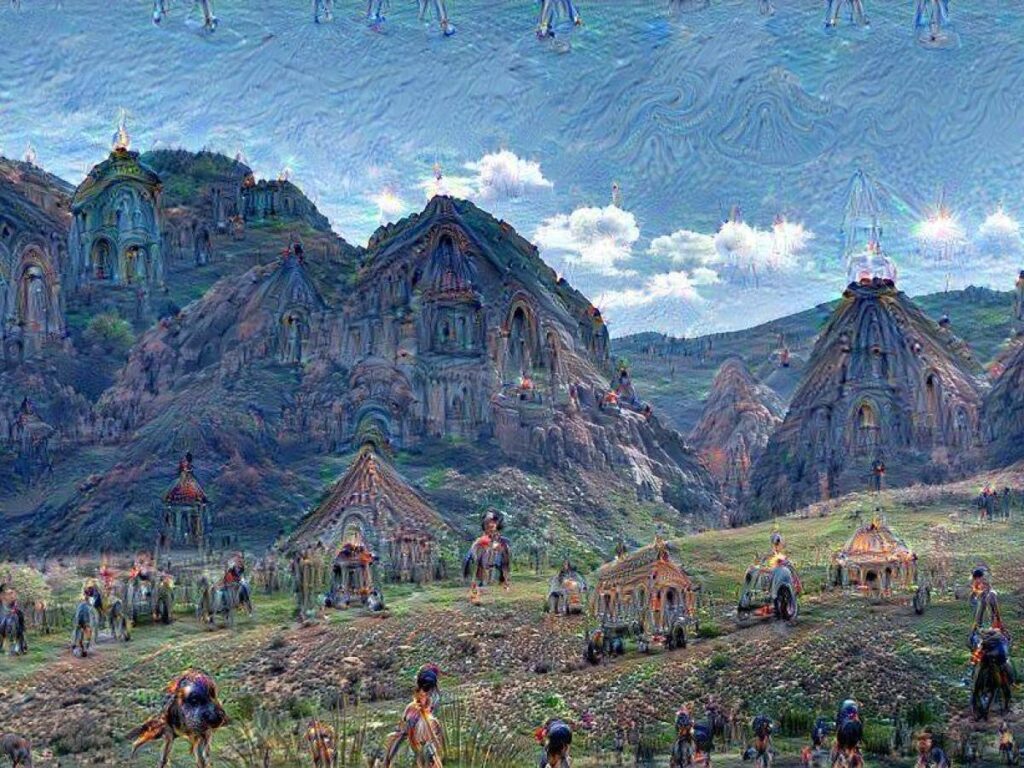In 2022, much attention has been focused on neural networks. While some people see benefits and advantages in such technology, others are wary of, and sometimes hostile to neural networks. At their core, neural networks are machine learning algorithms that “simulate” the workings of the human brain. Thus, in the past year, neural networks have been able to write sentences and music, generate images, and even diagnose diseases. But will algorithms ever be able to replace human occupations such as writers, musicians, artists, and designers?

Neural networks have significant drawbacks. Throughout history, people have used emotions as a survival mechanism. For example, fear helps protect themselves from threat. A person can recognize the emotions of others by body movements, tone of voice, situation, social signals. Communicating with others and mastering cultural norms, we learned to understand emotions. Unlike us humans, artificial intelligence cannot feel, and it has not lived for many years among people. It is very difficult for it to understand emotional subtleties. It doesn’t create original content. But in order for the neural network to produce text, pictures or music, it is required to download huge amounts of data with information from different sources. I am sure that a person has much more advantages, because we have been processing information for decades. Where there are mathematical rules, one can get around (chess, for example), but in creative matters, neural networks lack abstract thinking and can be useful to people as assistants for your creativity and generators of new ideas.
Now, let’s talk about the advantages of neural networks. The neural network is well able to personalize content, work with many variables at once and create variations. Also, they perfectly process hundreds of data elements at the same time, which entails saving time. Once the AI recognizes the pattern, it can instantly generate several variations.
In general, I can say that both a person and neural networks at the moment have something to learn from each other. But still, will artificial intelligence be able to replace creative professions?

First, it can affect those who call themselves artists and musicians, but who repeat the styles and creative approaches of others. Those who are accustomed to repeating the same tasks every day, writing the same sentences and replacing just a few words. All those who engage in plagiarism instead of creating something new will lose their jobs.
I am of the opinion that neural networks, at least for now, cannot come up with radically new ideas, but they can speed up the kind of work that is now routine. I think neural nets are a great tool, but being an artist or designer is not something that can be replaced by AI. There is one condition, and that is that it has to be someone who is studying alongside modern technology. It’s no secret that many people are now looking to neural networks for inspiration for their work. When designers are experiencing “burnout”, neural networks throw up new ideas for development. Simply send text to input your request. From my perspective, with all the opportunities that AI gives to a person, it should be perceived not as a threat, but as an opportunity. After all, while neural networks can give out ideas for inspiration, people can create something new, completely unique. What’s more, people can concentrate on something more important and think how they can change the world to the better side with the help of neural nets. The condition of constant complaining, and fear is nowhere near development.
In conclusion, I would like to say that neural networks will not completely replace artists, designers, and musicians in the near future. Technology is evolving rapidly, but it is still limited in its ability to understand and replicate human creativity and emotion. Neural nets can help and improve performance, but they will never fully replace humans because they lack the unique human touch and perspective required for all manifestations of art.
Links:
https://medium.com/codex/future-of-graphic-design-artificial-intelligence-and-machine-a05332921014
https://futurism.com/a-new-ai-can-write-music-as-well-as-a-human-composer
https://petapixel.com/2023/02/05/will-ai-destroy-the-professional-headshot-industry/


